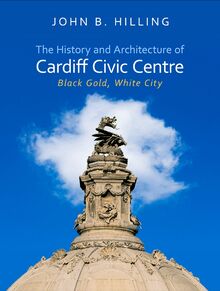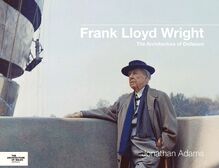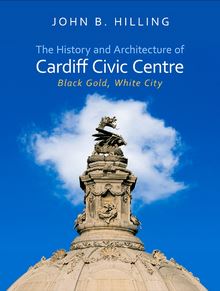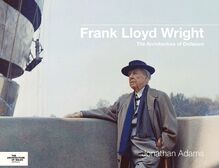-
 Univers
Univers
-
 Ebooks
Ebooks
-
 Livres audio
Livres audio
-
 Presse
Presse
-
 Podcasts
Podcasts
-
 BD
BD
-
 Documents
Documents
-
- Cours
- Révisions
- Ressources pédagogiques
- Sciences de l’éducation
- Manuels scolaires
- Langues
- Travaux de classe
- Annales de BEP
- Etudes supérieures
- Maternelle et primaire
- Fiches de lecture
- Orientation scolaire
- Méthodologie
- Corrigés de devoir
- Annales d’examens et concours
- Annales du bac
- Annales du brevet
- Rapports de stage
La lecture à portée de main
Découvre YouScribe en t'inscrivant gratuitement
Je m'inscrisDécouvre YouScribe en t'inscrivant gratuitement
Je m'inscrisEn savoir plus
En savoir plus

Description
The story of Frank Lloyd Wright’s life is no less astounding than his greatest architectural works. He enmeshed himself eagerly in myth and hearsay, and revelled in the extravagance of his creative persona. Throughout his long career, Wright strongly resisted the suggestion that his accomplishments owed anything to earthly influences. As much as he wanted his achievements to be recognised, he wanted them to be unaccountable – but they are not. This book reveals for the first time how his unbreakable self-belief and startling creative defiance both originated in the liberal religious and philosophical attitudes woven into his personality during his childhood – deliberately so by his mother and by his many aunts and uncles, to honour the fierce Welsh radicalism of their ancestors.
Acknowledgements
Family Tree: Significant Ancestors of Frank Lloyd Wright
Timeline
Introduction
Part 1 The Church in the Wilderness
Chapter 1 A Rural Enlightenment
Chapter 2 Bards of Liberty
Chapter 3 Remittance
Part 2 Lloyd Jones
Chapter 4 Lessons in the Land of the Free
Chapter 5 The Valley
Chapter 6 Anna had Chosen an Englishman
Chapter 7 A Child’s Garden
Chapter 8 The Book of Creation
Part 3 Lloyd Wright
Chapter 9 The Grammar of Ornament
Chapter 10 Simplicity and Repose
Chapter 11 Spoiled First by Birth
Chapter 12 Art and Craft of the Machine
Chapter 13 The Protestant
Chapter 14 The Shape-Shifter
Chapter 15 The Genius
Chapter 16 The Unitarian
Chapter 17 The Welshman
Bibliography
Image Accreditation
Sujets
Informations
| Publié par | University of Wales Press |
| Date de parution | 15 septembre 2022 |
| Nombre de lectures | 2 |
| EAN13 | 9781786839145 |
| Langue | English |
| Poids de l'ouvrage | 14 Mo |
Informations légales : prix de location à la page 0,1500€. Cette information est donnée uniquement à titre indicatif conformément à la législation en vigueur.
Extrait
-
 Univers
Univers
-
 Ebooks
Ebooks
-
 Livres audio
Livres audio
-
 Presse
Presse
-
 Podcasts
Podcasts
-
 BD
BD
-
 Documents
Documents
-
Jeunesse
-
Littérature
-
Ressources professionnelles
-
Santé et bien-être
-
Savoirs
-
Education
-
Loisirs et hobbies
-
Art, musique et cinéma
-
Actualité et débat de société
-
Jeunesse
-
Littérature
-
Ressources professionnelles
-
Santé et bien-être
-
Savoirs
-
Education
-
Loisirs et hobbies
-
Art, musique et cinéma
-
Actualité et débat de société
-
Actualités
-
Lifestyle
-
Presse jeunesse
-
Presse professionnelle
-
Pratique
-
Presse sportive
-
Presse internationale
-
Culture & Médias
-
Action et Aventures
-
Science-fiction et Fantasy
-
Société
-
Jeunesse
-
Littérature
-
Ressources professionnelles
-
Santé et bien-être
-
Savoirs
-
Education
-
Loisirs et hobbies
-
Art, musique et cinéma
-
Actualité et débat de société
- Cours
- Révisions
- Ressources pédagogiques
- Sciences de l’éducation
- Manuels scolaires
- Langues
- Travaux de classe
- Annales de BEP
- Etudes supérieures
- Maternelle et primaire
- Fiches de lecture
- Orientation scolaire
- Méthodologie
- Corrigés de devoir
- Annales d’examens et concours
- Annales du bac
- Annales du brevet
- Rapports de stage











